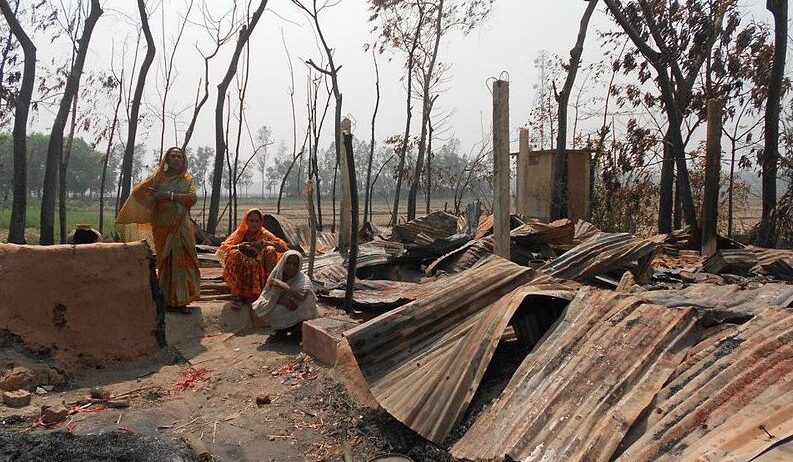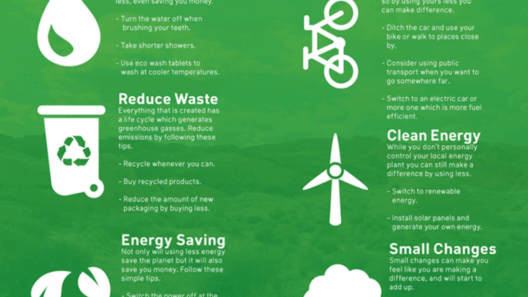Climate change, an insidious specter looming over the globe, threatens to metamorphose our environment in ways we are only beginning to comprehend. While the repercussions of this phenomenon are ubiquitous, certain regions find themselves ensnared in a more ferocious grip than others. The intersection of socioeconomic status, geographical vulnerabilities, and climatic conditions creates a tapestry of injustice, where the most disadvantaged populations bear the brunt of these transformations.
The heart of the matter sits squarely in the world’s equatorial belt, where rising temperatures and extreme weather patterns wreak havoc. From the flooded streets of Jakarta to the parched landscapes of sub-Saharan Africa, the poor and marginalized communities are often the first to experience the harsh realities of climate change. These regions serve as poignant reminders that while climate change is a global issue, it is intrinsically local in its impacts and repercussions.
The plight of small island nations provides a dramatic illustration of this reality. As the oceans rise, so do the stakes for millions who call these landmasses home. Destined to slowly vanish beneath the waves, nations like the Maldives and Tuvalu face existential threats. Saltwater infiltrates freshwater supplies, rendering once-viable farmland barren and exacerbating food insecurity. In this geographical crucible, the notion of climate change transforms from a distant scientific concern into an immediate and quotidian peril.
Additionally, the Arctic regions are falling victim to accelerated ice melt, spurred on by the steadily rising global temperatures. The indigenous communities, whose lifestyles are woven around the rhythms of the ice, face a poignant disruption. As the permafrost thaws, it unleashes not only carbon locked for centuries but also creates instability that threatens traditional ways of life. The ethereal beauty of the Arctic, once a bastion of resilience, now stands as a harbinger of the disheartening effects of anthropogenic alterations.
For the populous and resource-rich regions of South Asia, the metaphor of a double-edged sword holds true. A burgeoning population coupled with increasing economic pressures exacerbates vulnerability to climate-induced catastrophes. The monsoon seasons, once predictable, have turned volatile. Prolonged droughts followed by torrential rains create a vicious cycle of famine and flooding, devastating agricultural output and livelihoods. The fabric of society frays as millions are displaced, their futures thwarted by an unrelenting chorus of climatic chaos.
The urban centers, often perceived as havens of opportunity, also bear the scars of climate change. In cities like Dhaka and Lagos, the interplay of poverty and environmental degradation manifests in sprawling informal settlements. Here, precarious housing sits on the brink of disaster, vulnerable to flooding and heat waves. As metropolitan areas swell, urban planners grapple with the challenges posed by exorbitant population growth and dwindling resources, caught in the crosshairs of human aspiration and environmental limits.
Turning our gaze to the agricultural heartlands of the world, we find that climate change presents an intricate tapestry of challenge and resilience. The Midwest of the United States, known for its fertility, increasingly faces the threats of drought and erratic weather patterns. Farmers, often the unsung stewards of the land, wrestle with the uncertainty of crop yields and pricing. Agricultural systems grounded in tradition struggle to adapt, their pivot towards sustainability stymied by a mix of ecological and economic hurdles.
In the broader context, developed nations too bear the repercussions, albeit through a different lens. The socio-political dynamics that underlie climate change vulnerabilities often reflect systemic inequalities. The most affected communities in these nations, often marginalized due to historical injustices, find themselves at the intersection of exploitation and neglect. Disinvestment in public infrastructure, combined with environmental racism, creates a volatile cocktail where the impacts of climate change magnify pre-existing disparities. The post-industrial landscapes of the Northern Hemisphere grapple with the aftermath of generations of ecological exploitation, now finding themselves facing the harsh reckoning in a warming world.
Moreover, the psychological impacts of climate change ripple through communities grappling with loss and uncertainty. Climate anxiety grows as the reality of environmental degradation sets in. Across these beleaguered regions, hope morphs into despair for the future, a haunting specter that lingers even in the best of times. These mental health ramifications are often overlooked but deserve urgent attention and acknowledgment as they contribute to the overall crisis milieu.
As we navigate these sobering realities, it becomes increasingly vital to galvanize action on multiple fronts. Global cooperation is paramount, integrating local voices into policy-making processes to ensure that solutions are equitable and just. Investment in renewable energy, sustainable agriculture, and resilient infrastructure emerges not just as a necessity but an ethical imperative. Recognizing the interconnectedness of these issues will enable us to address climate change holistically, fulfilling our responsibility to those who lack resilience against its impacts.
While the metaphor of climate change often conjures images of glaciers melting and polar bears adrift, it is the human stories entwined in this narrative that resonate the most deeply. It is essential to highlight both the suffering and the resilience of the communities that bear the brunt of these changes. Only then can we illuminate the path toward a more equitable and sustainable future, one that honors the voices oftentimes relegated to shadows in discussions of global warming.






